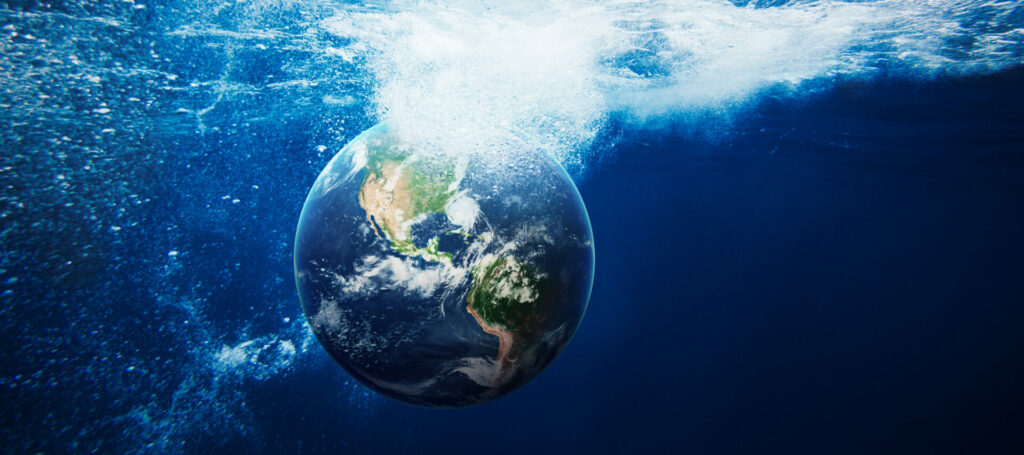
Covering more than 70% of our planet’s surface, the ocean is a vast and mysterious world, teeming with life and playing a crucial role in shaping our climate and weather patterns. One of its most distinctive characteristics is its salinity – the concentration of dissolved salts in seawater. In this blog post, we will dive into the science behind ocean salinity, exploring the various processes that contribute to the ocean’s saltiness and how it impacts marine life and ecosystems.
Why is the Ocean Salty?
The ocean is salty primarily due to the dissolved minerals and salts it contains, the most common of which is sodium chloride (NaCl), or table salt. There are several processes responsible for the salinity of the ocean:
Weathering of rocks: Rainwater, slightly acidic due to the presence of dissolved carbon dioxide, falls on land and weathers rocks and soil. This weathering process releases minerals and salts, which are then carried by rivers and streams into the ocean. Over millions of years, these dissolved substances have accumulated in the ocean, making it salty.
Hydrothermal vents: Along the seafloor, deep-sea hydrothermal vents release hot, mineral-rich water from the Earth’s crust into the ocean. These vents introduce various salts and minerals, such as calcium, magnesium, and potassium, further increasing the ocean’s salinity.
Underwater volcanic activity: Underwater volcanoes release minerals and salts into the ocean when they erupt. These substances mix with seawater, contributing to its salinity.
Sea ice formation: As seawater freezes to form sea ice, the process leaves behind a brine solution that is richer in salt. This brine mixes back into the ocean, further increasing its overall salinity.
The Evaporation Factor
Water evaporates continuously from the ocean’s surface, driven by the heat of the sun. As water molecules leave the ocean, they leave the salts behind, further concentrating the salinity. This is why the surface layer of the ocean is generally saltier than the deeper layers.
Global Ocean Salinity and Variations
The global ocean’s average salinity is about 35 parts per thousand (ppt), meaning that in every kilogram of seawater, there are 35 grams of dissolved salts. However, salinity can vary depending on factors like location, temperature, and precipitation. For example, areas with high evaporation rates, such as the subtropics, tend to have higher salinity. In contrast, regions with high levels of precipitation or river discharge, such as the Amazon River estuary, typically have lower salinity.
Impacts of Salinity on Marine Life and Ecosystems
Ocean salinity affects the buoyancy, temperature, and density of seawater, which in turn influences ocean currents and the distribution of marine life. Organisms have adapted to live in specific salinity ranges, so changes in salinity can impact their survival and distribution. For example, some fish are sensitive to changes in salinity and may struggle to adapt to rapid fluctuations. In addition, ocean salinity influences the solubility of nutrients and gases, which play vital roles in maintaining healthy marine ecosystems.
Interesting huh?








